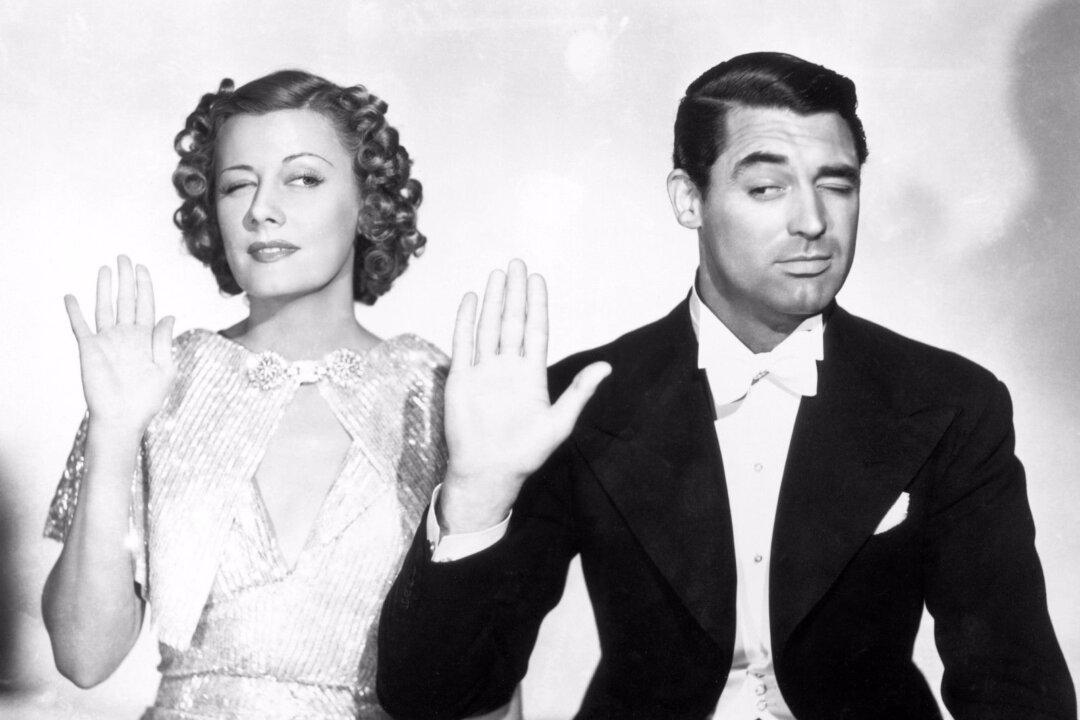Divorce is a common topic in entertainment of recent years. Of course, the problems that can befall relationships when romance goes wrong have been popular dramatic subject matter since the earliest days of stage performance and literature. However, since divorce has become increasingly common and accepted in modern culture, its introduction to plots and character backgrounds has become very casual.
During the Golden Era of Hollywood, many storylines centered around a failing or failed marriage. These films are very different from modern movies about divorce, however. We know that the lead couple is meant to be together, even if the spouses are dealing with mistrust, serious disagreements, and romantic interest in other people. While many movies of this kind are playful romantic comedies, they present truthful examples of how marriages must survive constant challenges.






